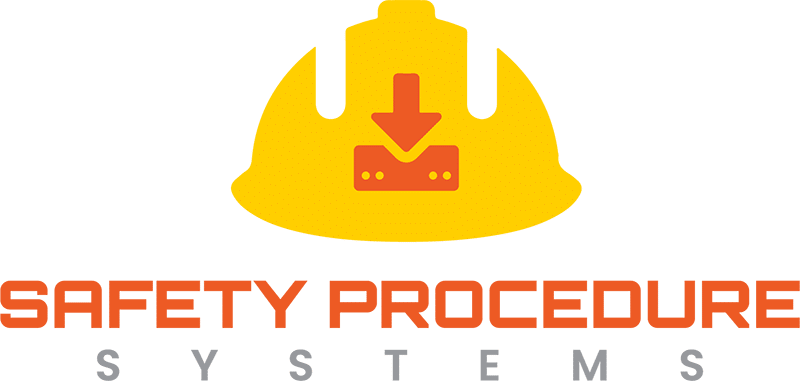Workplace safety is a paramount concern for both employees and employers. Proactive safety measures are essential to ensure workers’ well-being and the success of a business. One such tool that significantly contributes to a safer workplace is the Job Safety Analysis (JSA). In this blog post, we’ll explore five benefits of conducting a JSA and how it can be a game-changer for your organization.
What is a Job Safety Analysis (JSA)?
A Job Safety Analysis (JSA), or a Job Hazard Analysis (JHA), is a systematic approach to identifying, evaluating, and mitigating potential hazards associated with specific job tasks. It involves breaking down a job into its individual steps and analyzing the risks associated with each step. Once the risks are determined, mitigations are put in place for each risk.

Benefit #1 – Enhanced Workplace Safety
The primary and most apparent benefit of conducting a JSA is enhancing workplace safety. By systematically identifying potential hazards and assessing their risks, organizations take proactive measures to prevent accidents and injuries. This protects employees and minimizes the financial and reputational costs associated with workplace accidents.
Benefit #2 – Reduced Accident Rates
Accidents result in lost productivity, medical expenses, worker’s compensation claims, and legal liabilities. A well-executed JSA identifies high-risk activities and implements safety controls to reduce accident rates significantly. This leads to a safer work environment and cost savings for the organization.
Benefit #3 – Legal Compliance
Many countries have stringent workplace safety regulations. Conducting JSAs helps organizations comply with these regulations, reducing the risk of fines, legal disputes, and reputational damage. It demonstrates a commitment to safety that regulatory bodies appreciate.

Benefit #4 – Enhanced Training and Communication
Conducting a JSA involves communication and collaboration among employees, supervisors, and safety experts. This leads to improved knowledge sharing, as employees become more aware of potential hazards and safety procedures. Moreover, JSAs serve as valuable training tools for new hires, ensuring they know safety protocols from day one.
Benefit #5 – Effective Risk Management
A JSA provides a comprehensive view of job-related risks and their potential consequences. This information allows organizations to prioritize safety measures and allocate resources effectively. Companies can make informed decisions that protect their workforce and bottom line by addressing high-risk activities first.
Incorporating a Job Safety Analysis into your organization’s safety program is an investment in your employees’ well-being and your business’s success. You create a safer, more efficient, and compliant workplace by systematically identifying and mitigating workplace hazards. Prioritizing safety protects your employees and contributes to your company’s overall profitability and reputation. A well-executed JSA is a win-win for everyone involved in the organization.



